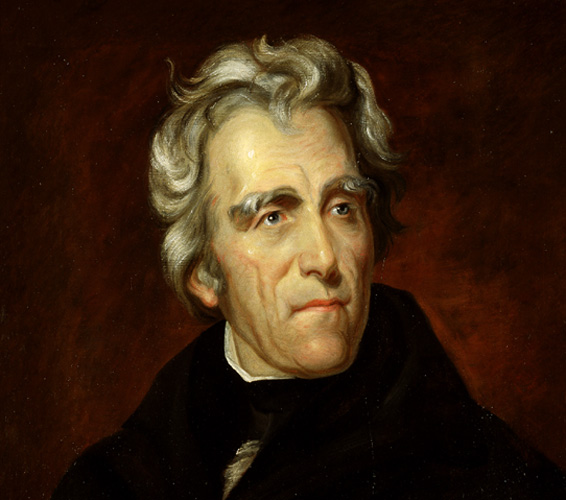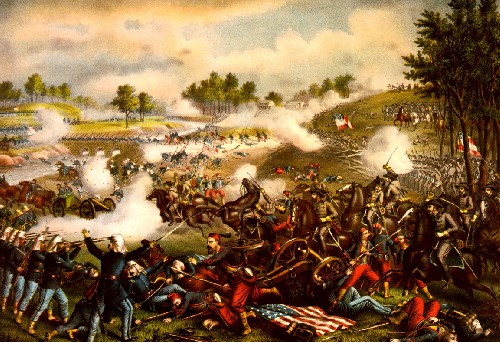 Andrew Jackson was so strong-willed that his political enemies dubbed him King Andrew I, portraying him as a tyrannical ruler who abused presidential powers and trampled on the constitution. During his two terms of office, Jackson vetoed the recharter of the Second Bank of the United States, signed the “Tariff of Abominations” which led to the Nullification Crisis and ignored important Supreme Court decisions protecting Native American rights.
Andrew Jackson was so strong-willed that his political enemies dubbed him King Andrew I, portraying him as a tyrannical ruler who abused presidential powers and trampled on the constitution. During his two terms of office, Jackson vetoed the recharter of the Second Bank of the United States, signed the “Tariff of Abominations” which led to the Nullification Crisis and ignored important Supreme Court decisions protecting Native American rights. Jackson was also no stranger to slavery. More than 150 slaves worked day and night at his stately Tennessee mansion "The Hermitage" where cooks prepared his favorite southern foods, including Braised Duck, Chicken Hash, Old Hickory Soup and Wild Barbecued Goose.
Popular in the South throughout the nineteenth century, Benne Wafers were another Jackson family favorite. Today, these delightfully light, crisp, paper-thin cookies can still be found in bakeries and candy shops throughout the south. If you'd like to whip up a batch of Benne Wafers, here is a simple and simply delicious recipe to try from simplyrecipes.com.
1 cup sesame seeds, toasted
1 cup firmly packed dark brown sugar
4 tbsp. unsalted butter, softened
1 egg, lightly beaten
1/2 cup all purpose flour
1/4 tsp. salt
1/8 tsp. baking powder
1 tsp. fresh-squeezed lemon juice
1/2 tsp. vanilla extract
Preheat oven to 325 F. Cover cookie sheets in parchment paper, silpat sheets, or lightly oil them. Toast the sesame seeds in a heavy skillet over medium heat until they are golden brown.
Beat brown sugar and butter together in a medium-sized bowl for several minutes until fluffy. Beat in the egg. Whisk together the flour, salt, and baking powder, then add dry ingredients to the butter, sugar, egg mixture, mix well. Stir in the toasted sesame seeds, vanilla extract, and lemon juice.
Drop by teaspoonful onto prepared cookie sheets, leaving space for the cookies to spread. Bake for approximately 15 minutes, or until the edges are slightly brown. Cool for a minute or two on the cookie sheets, then transfer to a rack to continue cooling.
FAST FACT: As a soldier and general, Jackson was said to be as tough as "Old Hickory," a very tough wood. Sadly, his father died before he was born and his mother and two brothers died before he reached the age of 15. Orphaned and alone, Andrew had to take care of himself from a very young age, which may explain why he became such a “tough” young man.
FOOD FACT: Benne (an African word for sesame) might have been brought from East Africa and planted throughout the South during the colonial era. Other foods brought from Africa in the seventeenth and eighteenth centuries include peanuts, sweet potatoes, okra, black-eyed peas and collard greens!





